Double E
Brilliant_Rock
- Joined
- Jun 23, 2018
- Messages
- 959
Dear all,
There's a few questions that I keep thinking about and wish to understand how this community thinks.
Definitely I am not being torn between a heated stone & a unheated one as I am not buying right at this moment, and here I am excluding all other treatments, so heated = heat only, for unheated I mean totally untreated.
Apologies if my questions sounds illogical, lacking scientific knowledge or whatsoever, but that's exactly why I would like to ask. So here we go:
1) How rare and accessible are those untreated sapphires compared to heated ones in the market?
I've read the pinned thread on this sub forum & believe most likely this also depends on the varieties of sapphire, but just want to have a general idea, and appreciated if insights from professionals are available. At least I have read or look at some materials that it's only 1/1000 of the gem grade stones are nice enough to leave them unheated.
However, there seems to be a contradictory impression that unheated stones are kind of readily available many places / shops / sellers on the internet. Yes it's what it looks like online, so is it just an impression, and probably a misleading one while sellers do exist with plentiful supply of unheated stones?
2) What are different on a sapphire after it's heated, beside colour and clarity improvement?
Anything being altered in terms of integrity, surface of the stone (which may not be visible for naked eye but actually exists), etc.
3) How correct is it to say that a rough of sapphire has also undergone similar "heating" when they were formed under ground ("heated by nature")? If so, what's the technical / physical differences between "heated by nature" & "heated by men"?
I even suspect there could be cases when stones are certified as heated by even top labs, when it's actually not and at most heated naturally in deed.
There's a few questions that I keep thinking about and wish to understand how this community thinks.
Definitely I am not being torn between a heated stone & a unheated one as I am not buying right at this moment, and here I am excluding all other treatments, so heated = heat only, for unheated I mean totally untreated.
Apologies if my questions sounds illogical, lacking scientific knowledge or whatsoever, but that's exactly why I would like to ask. So here we go:
1) How rare and accessible are those untreated sapphires compared to heated ones in the market?
I've read the pinned thread on this sub forum & believe most likely this also depends on the varieties of sapphire, but just want to have a general idea, and appreciated if insights from professionals are available. At least I have read or look at some materials that it's only 1/1000 of the gem grade stones are nice enough to leave them unheated.
However, there seems to be a contradictory impression that unheated stones are kind of readily available many places / shops / sellers on the internet. Yes it's what it looks like online, so is it just an impression, and probably a misleading one while sellers do exist with plentiful supply of unheated stones?
2) What are different on a sapphire after it's heated, beside colour and clarity improvement?
Anything being altered in terms of integrity, surface of the stone (which may not be visible for naked eye but actually exists), etc.
3) How correct is it to say that a rough of sapphire has also undergone similar "heating" when they were formed under ground ("heated by nature")? If so, what's the technical / physical differences between "heated by nature" & "heated by men"?
I even suspect there could be cases when stones are certified as heated by even top labs, when it's actually not and at most heated naturally in deed.





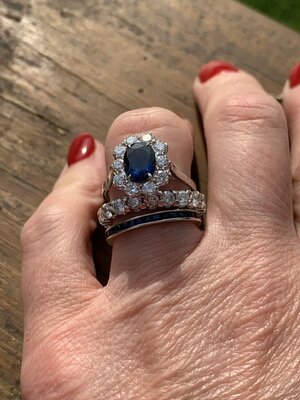
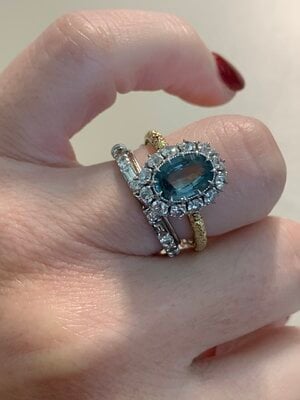
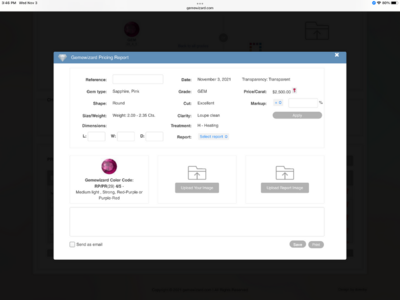
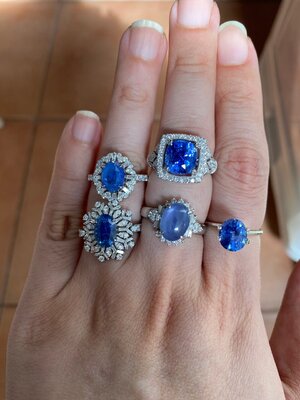
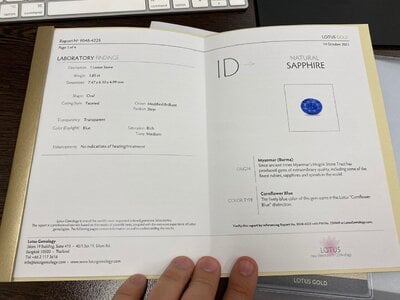



300x240.png)